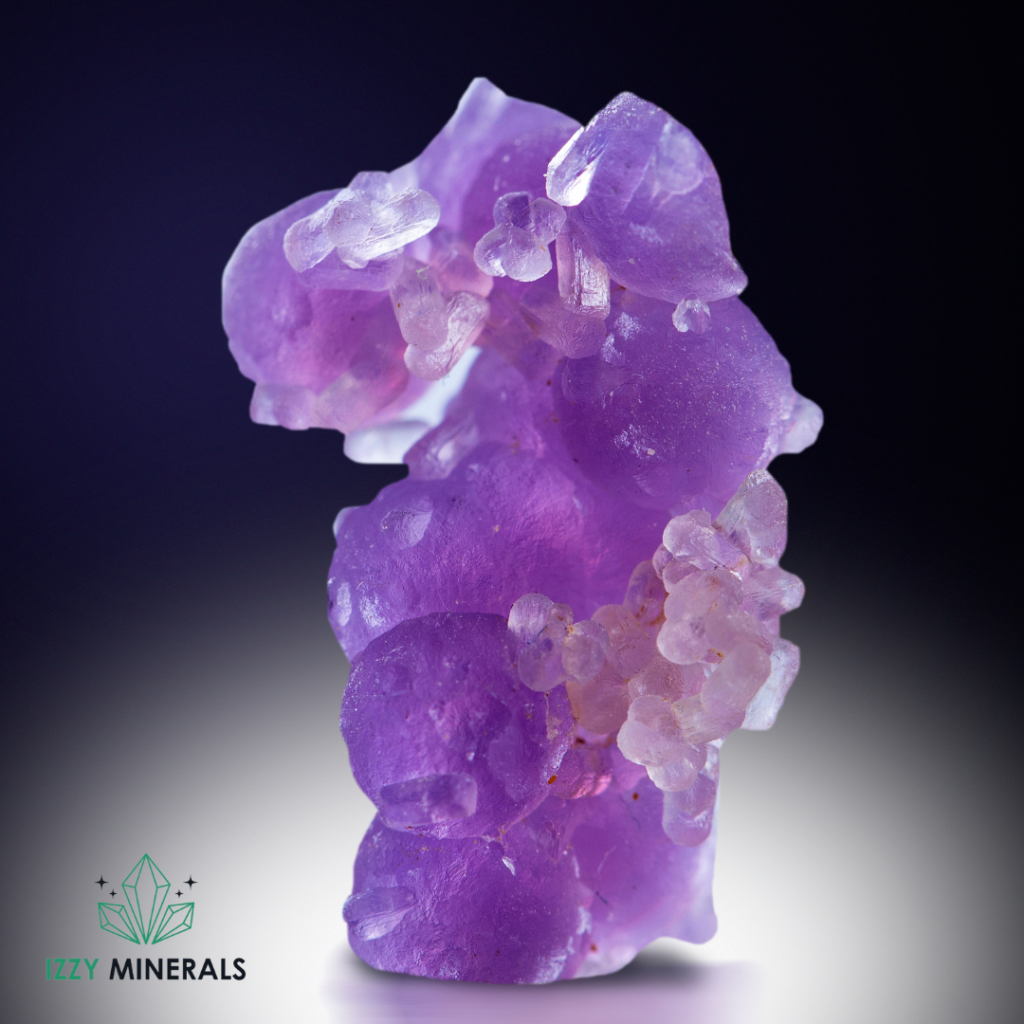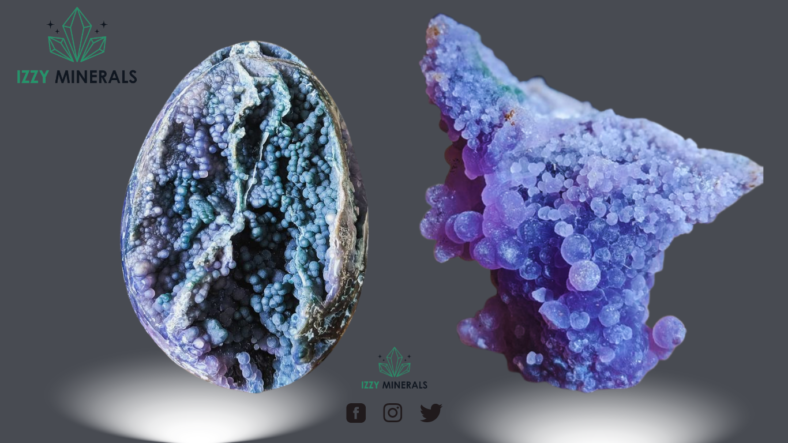Are you wondering whether grape agate should be classified as a mineral? Let’s dive into its characteristics, classification criteria, and expert opinions to find out.
Definition of Grape Agate

Grape agate, also known as botryoidal chalcedony, is a unique gemstone characterized by its clustered, grape-like formations. These formations exhibit a range of colors, including purple, green, and blue, making them highly sought after by collectors and enthusiasts.
Characteristics of Minerals
Minerals are naturally occurring, inorganic substances with a definite chemical composition and crystalline structure. They form through various geological processes and exhibit specific physical properties, such as color, hardness, and cleavage.
Description of Grape Agate
Grape agate displays many characteristics commonly associated with minerals, including:
Inorganic: Grape agate forms through natural geological processes, making it an inorganic substance.
Chemical Composition: It consists primarily of silicon dioxide (SiO2), the chemical composition of chalcedony, a variety of quartz.
Crystalline Structure: While grape agate may not exhibit well-defined crystal faces, it still possesses a crystalline structure at a microscopic level.
Criteria for Classification as a Mineral
To be classified as a mineral, a substance must meet certain criteria, including:
Naturally Occurring: Grape agate forms naturally within geological environments, meeting this criterion.
Inorganic: As mentioned earlier, grape agate is an inorganic substance, satisfying this requirement.
Solid: Grape agate exists in a solid state, another essential characteristic of minerals.
Definite Chemical Composition: Grape agate primarily consists of silicon dioxide, meeting the requirement for a definite chemical composition.
Crystalline Structure: While grape agate may not exhibit well-defined crystal faces, it possesses a crystalline structure at a microscopic level, fulfilling this criterion.
Examination of Grape Agate’s Classification
Considering the characteristics and classification criteria, grape agate appears to align with the definition of a mineral. Its natural occurrence, inorganic composition, solid state, definite chemical composition, and crystalline structure all point towards its classification as a mineral.
Comparison with Other Minerals
When compared to other minerals, grape agate shares similarities with botryoidal formations of minerals such as chalcedony and quartz. However, its unique grape-like clusters set it apart and make it a distinct gemstone in its own right.
Expert Opinions and Research Findings
Experts and researchers in the field of mineralogy have varied opinions on whether grape agate should be classified as a mineral. While some argue that its characteristics meet the criteria for classification, others believe that further research is needed to fully understand its mineralogical properties.
FAQs
Can grape agate be considered a crystal?
While grape agate may not exhibit well-defined crystal faces, it possesses a crystalline structure at a microscopic level, similar to many minerals classified as crystals.
Are there any other gemstones similar to grape agate?
Botryoidal formations of minerals such as chalcedony and quartz share similarities with grape agate, but its unique grape-like clusters make it a distinct gemstone.
What colors can grape agate come in?
Grape agate can exhibit a range of colors, including purple, green, blue, and sometimes even pink or orange hues, depending on its chemical composition and trace elements present during formation.
Conclusion
In conclusion, while grape agate exhibits many characteristics commonly associated with minerals, including inorganic composition and crystalline structure, its classification as a mineral remains a topic of debate among experts. Further research and examination are necessary to determine its definitive classification.

